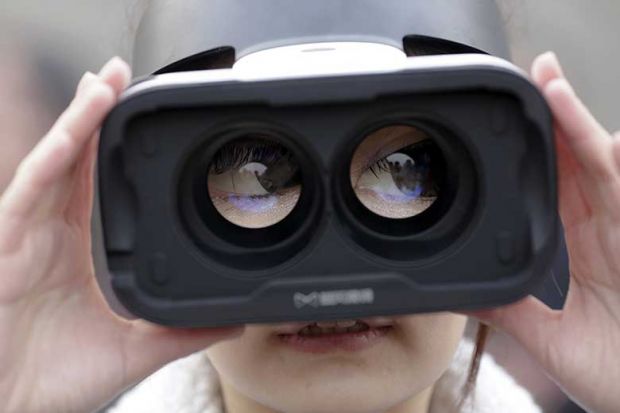I’m not really a fan of the new year’s resolution. It always struck me as a marketing ploy: designed to tint a particularly grey time of year, but not really up to the job.
One of my complaints (excuse the grumpiness – it is January) is that resolutions are rarely fun, and even more rarely set with proper resolve. A study at the University of Bristol that tracked 3,000 resolvers found that just 12 per cent of those who set such goals achieve them.
So it’s with mixed feelings that we commissioned 20 or so scholars and university leaders to offer up their own promises for self-improvement in this week’s Times Higher Education.
Thankfully, we found both fun and resolve (“Have more sex over the internet and on night trains…No longer drink from paper cups or handle plastic cutlery at academic events”), as well as a strong sense from the vice-chancellors that they’re braced for heavy weather ahead.
Elsewhere in this first issue of 2017, we cast our eyes forward over a slightly longer time frame to consider the impact of a much-hyped technological development in higher education.
Virtual reality has been on the verge of becoming a reality virtually forever. At least, that’s how it feels. We may, however, finally be on the brink of this technology becoming mainstream enough to start making waves in the lecture theatre. And that’s just in marine biology.
If so, it promises to open up new styles of teaching and learning: immersive, experiential approaches that do away with the need for expensive or otherwise awkward kit.
There are some subject areas where the potential is more obvious than it is in others. Future medical students, for example, may find the opportunities to do inappropriate things with cadavers severely restricted when dissection happens in a purely virtual environment. But the potential benefits are huge, and not only in terms of bringing subject matter to life: I’ll never forget standing in the dinner queue in my own halls of residence, talking to a medic friend who urged me to sniff her hands – they carried the smell of formaldehyde for days after a dissection class.
In our cover story, we review the current state of a VR industry that it is estimated could be worth as much as $182 billion (£143.5 billion) a year by 2025, and which advocates believe will transform distance learning in particular. Others point out that it also has the potential to divide the student experience even more sharply, with those in science, technology, engineering and maths subjects far more likely to benefit than those in the social sciences, arts and humanities, who may already feel they’re getting a less good deal and subsidising their peers in areas that are more expensive and intensive to teach.
Virtual reality isn’t going to transform universities this year, and longer term there’s the danger that it could even pose a threat to the university as a physical entity. But it’s probably not worth losing too much sleep over that – you won’t be getting back those nights you lost worrying about Moocs. It may not be a bad resolution, however, to follow the progress of VR closely now, and consider how it might help you when it does start to find its way on to campus – whatever your area of expertise.
As for myself, I resolve to think of a more original way to see in the new year in next year’s THE. But don’t hold me to it – I may well prove to be among the 88 per cent.
POSTSCRIPT:
Print headline: New year goggles
Register to continue
Why register?
- Registration is free and only takes a moment
- Once registered, you can read 3 articles a month
- Sign up for our newsletter
Subscribe
Or subscribe for unlimited access to:
- Unlimited access to news, views, insights & reviews
- Digital editions
- Digital access to THE’s university and college rankings analysis
Already registered or a current subscriber? Login




